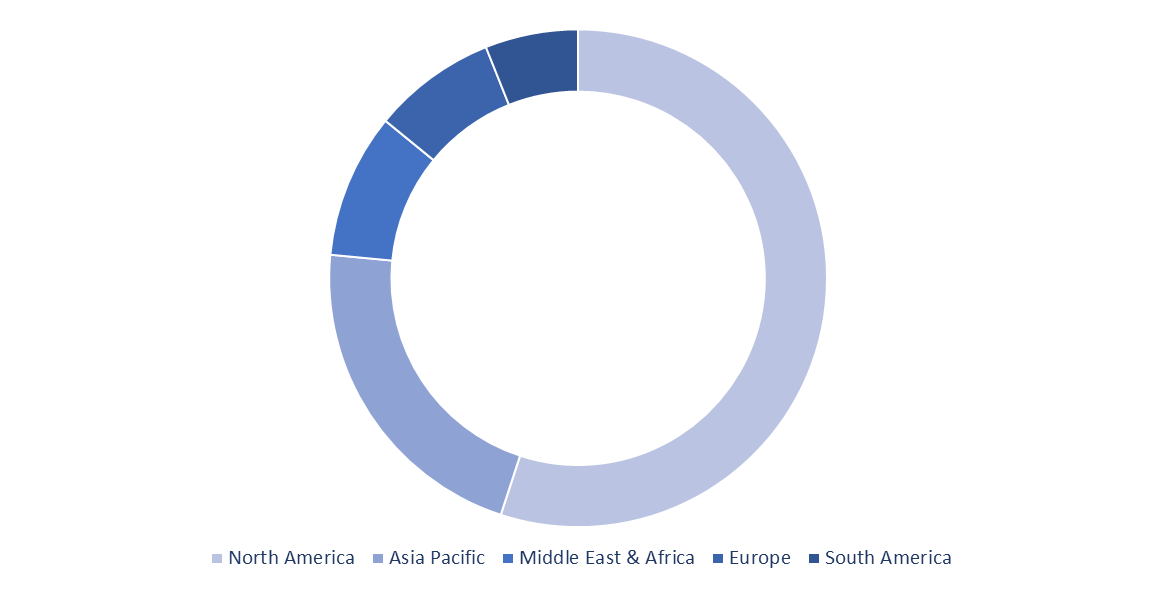The global electronic skin market size was estimated to be US$ 4.75 billion in 2020 and is expected to reach US$ 33.5 billion by 2031 at a CAGR of 19.5%.
As the imitation electronic skin impersonates human detecting abilities, it has wide applications in health care sector. The adaptability to human skin is a prominent aspect that particularly differentiates it from other wearable gadgets.
In May 2018, MC10, Inc. gotten FDA sanction for its BioStamp nPoint device. It comprises adaptable printed electronics that detects the temperature along with discrete other parameters related to human body. Medical and health care domain are seen utilizing discrete devices having features similar to electronic skin since past few years.
Nonetheless, complex programming and material impurity along high initial expenses are the major limiting factors for the market. Unexpectedly, expansion in Research and development exercises to upgrade its firmness of purpose is expected to give likely possibilities for market extension. Researchers are persistently performing research exercises to mirror olfactory, sense of taste identification, and texture detecting features. Moreover, the utilization of electronic skin in imitative prosthetics, biomedical, and automated gadgets is additionally making new roads for the market to expand worldwide.
The expanding number of items launches, and fast FDA endorsements are likewise boosting the market development. Expanding acknowledgment of electronic skin in a wide cluster of its application, for example, cardiovascular, diabetes, discrete kind of abnormalities, and pregnancy is further fostering the e-skin innovation.
In the Asia Pacific, the market is probably going to observe the quickest development rate during the forecast period. The rising geriatric populace and an expanding number of diabetes patients are the main aspects adding to market development during the forecast time period of 2023-2032.

Global Electronic Skin Market Value Share Analysis, by Geography (2022)
The report titled “Global Electronic Skin Market - Global Market Share, Trends, Analysis and Forecasts, 2023-2032”, wherein 2021 is historic period, 2022 is the base year, and 2023 to 2032 is forecast period. Additionally, the study takes into consideration the competitive landscape, wherein the report would provide company overview and market outlook for leading players in the Global Electronic Skin Market. Furthermore, the report would reflect the key developments, global & regional sales network, business strategies, research & development activities, employee strength, and key executive, for all the major players operating in the market.
The global Electronic Skin market is segmented based on Product, component, sensors, application, and region. Based on Product, the Electronic Skin market is segmented into electronic skinsuits, electronic patches, and others. Based on Component, the Electronic Skin market is segmented into Stretchable circuits, Photovoltaics systems, Stretchable conductors, Electroactive polymers, and others. Based on Sensors type, the Electronic Skin market is segmented into Tactile sensors, Chemical sectors, Electrophysiological Sensors, Others. Based on application type, the Electronic Skin market is segmented into Health monitoring systems, Drug delivery systems, Cosmetics, others.
Based on geography, the Global Electronic Skin Market is segmented into North America, Europe, Asia Pacific, Middle East & Africa, and South America. North America is sub-segmented into the United States, Canada, and Rest of North America. Europe is sub-segmented into Germany, United Kingdom, Italy, France, Spain, and Rest of Europe. Asia Pacific is sub-segmented into China, Japan, India, Australia, and Rest of Asia Pacific. Middle East & Africa is sub-segmented into Saudi Arabia, UAE, South Africa, and Rest of Middle East & Africa. South America is sub-segmented into Brazil and Rest of South America.
The research provides in-depth analysis of prominent players holding majority share of the global market with a focus on all operating business segment and would identify the segment of the company focusing on Global Electronic Skin Market. Further, market share of prominent companies in the Global Electronic Skin Market would also be estimated.
The study takes into consideration the key competitive information such as business strategy, product portfolio, key development, swot analysis, and research and development focus of all the Electronic Skin companies. The Global Electronic Skin Market study would take into consideration the participants engaged throughout the supply chain and value chain of the market, along with their contribution. Product portfolio would focus on all the products under the Electronic Skin business segment of the company. Similarly, the recent development section would focus on the latest developments of company such as strategic alliances and partnerships, merger and acquisition, new product launched and geographic expansion in the Global Electronic Skin Market.
The key players of the Global Electronic Skin Market are MC10, Xensio, Rotex Inc. Intelesens ltd, Immageryworks Pty Ltd, Dialog Devices Limited, SmartLifeinc Limited, Xenoma Inc., Plastic electronic GmbH, and VivaLnK, Inc, and others.
Global Electronic Skin Market Key Segments:
Based on Product
Based on Component
Based on Sensors Type
Based on Application Type
By Region
The global Electronic Skin market was worth US$ 4.75 billion in 2020.
The global Electronic Skin market is expected to register a CAGR of 19.5% between 2023 and 2032.
MC10, Xensio, Rotex Inc. Intelesens ltd, Immageryworks Pty Ltd, Dialog Devices Limited, SmartLifeinc Limited, Xenoma Inc., Plastic electronic GmbH, and VivaLnK, Inc are few prominent players active in the market.
Asia Pacific is the principal contributor to the global Electronic Skin market.
Copyright © 2025 Same Page Management Consulting Pvt. Ltd. (insightSLICE) | All Rights Reserved
